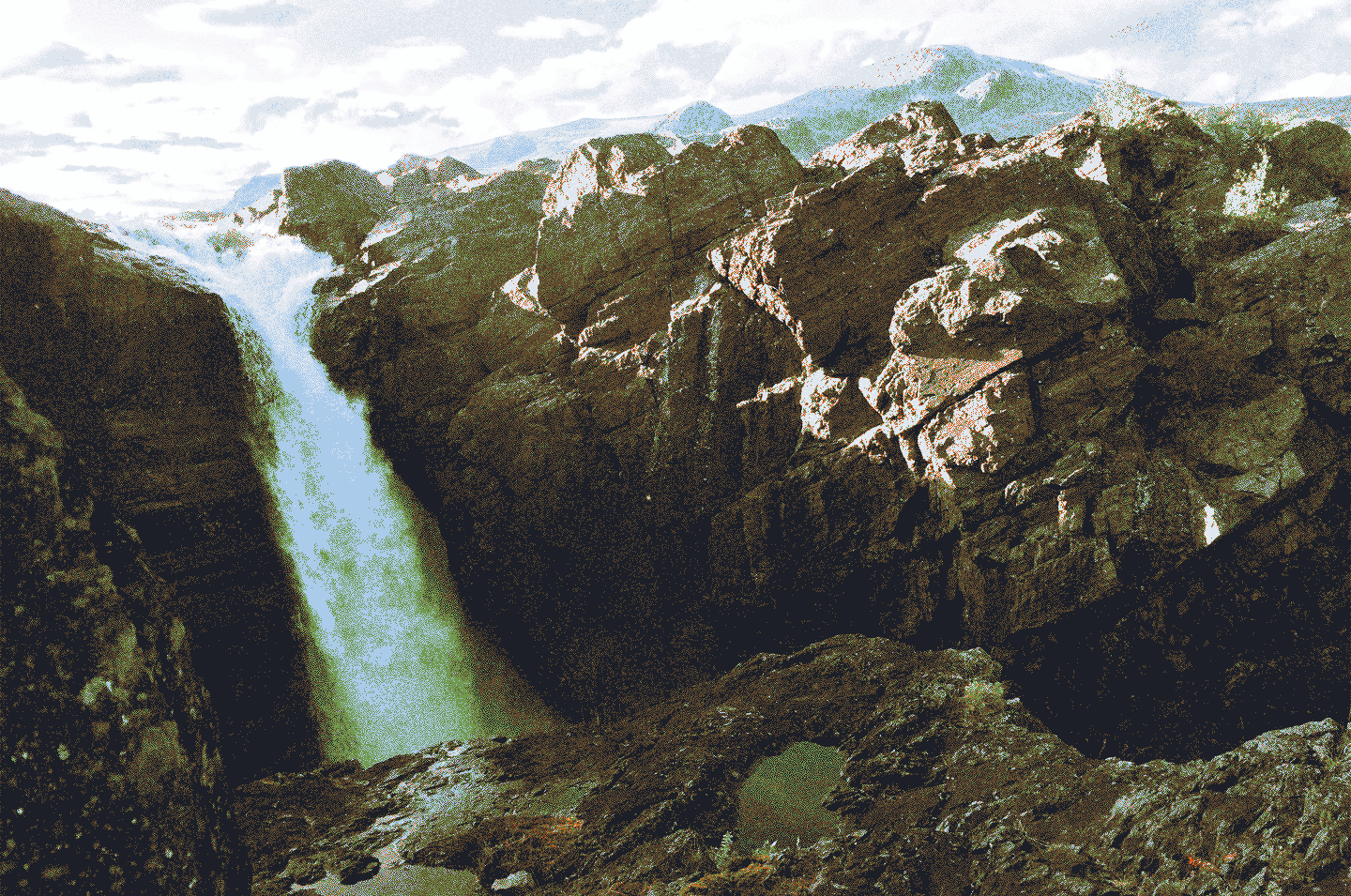Tidal Ground
November 17, 2018–February 17, 2019
After lying dormant for five years, Konstfrämjandet [The People’s Movement for Art Promotion] has reinvigorated Scandinavia’s oldest art biennial. 37 artists will participate in this year’s edition, 8 of which will contribute specially commissioned works.
Participating artists
Henrik Andersson, Marwa Arsanios, Monira Al-Qadiri, Filipa César, Anna Dacqué, Vishal K Dar, Ingela Ihrman, Isak Hall, Louis Henderson, Susanna Jablonski, Lap-See Lam, Hiwa K, Hanni Kamaly, Britta Marakatt-Labba, Nikos Markou, Olof Marsja, Didem Pekün, Katarina Pirak Sikku, Agnieszka Polska, Raqs Media Collective, Residence-in-Nature (Johanna Gustafsson Fürst, Ingvild Holm, Hans Isaksson, Åsa Jungnelius, Oscar Männikkö, Esko Männikkö, Gustaf Nordenskiöld, Lisa Torell, Markus Vallien), Neda Saeedi, Karl Sjölund, Zhou Tao, Alexandros Tzannis, Ulla Wiggen, Susanne M. Winterling, Anja Örn.
Curators
Emily Fahlén, Asrin Haidari and Thomas Hämén
Never did they know
what the conditions afford
in the darkness of winter*
In the darkest months of the year, November through February, Sweden’s northernmost territory, Norrbotten, sees only six hours of daylight. The Luleå Biennial 2018 coincides with this period, and therefore we have taken the darkness of the region as both a necessary and generative premise for our work and thinking.
The title of the biennial, Tidal Ground, refers to the gravitational force of the sun and moon—also known as body tide—that causes the earth’s solid surface to stir in a movement parallel to that of the oceans. Light and darkness take the place of one another in rhythmic unison with the surrounding landscape.
The geographical position of Norrbotten, with its proximity to Finland and Russia, has historically made the area an active military zone. A loaded and strategic frontier from which a whole town, surrounded by five fortresses, emerged from the land to defend it against intruders. This area is rich in water, iron ore, and wood. The extraction of these resources has left deep wounds: silent rapids, gaping pits, a city collapsing into the ground. What role does darkness play in such stories?
The concept of darkness has predominantly negative connotations of fear and destruction. The biennial asks questions about what “dark times” may be said to entail: that social and political forces are also going through a period of tidal movement? Or that darkness is an ever-present condition for us to navigate? Can it, in that case, be understood as a projected space? A space that becomes one with time, where the senses are heightened and new contours may slowly become visible?
With Norrbotten’s landscape as our point of departure, and greatly inspired by its contemporary poets, a series of related exhibitions will open in Luleå, Boden, Jokkmokk, Kiruna, and Korpilombolo. Works about muted waterfalls, a fictional wilderness, and waiting for a war that fails to commence, draw parallels to similar stories in other mountains, at other riverbanks and seas. There are works that arise from particular geographies, and others that tie themselves to dreams and let go of the ground. The landscape is a stage where power and abuse play out, but also a place in which we might discover something new about ourselves. What else might we learn from the landscape, its rhythms and its tides? Can we find resistance there?
Across seven issues, the Lulu Journal will provide access points to the overall theme of the biennial. The first issue of the journal was released in August and reflected on the history of fascism in Norrbotten during the 1930s and 40s, anchored in the attack against the communist paper Norrskensflamman. Lulu is published on the biennial’s website.
*from Linnea Axelsson’s epic poem Aednan (2018)
Venues
Luleå: Norrbottens Museum, Luleå Konsthall, Galleri Syster, Folkets Bio, Mjölkuddsberget; Boden: Havremagasinet, Rödbergsfortet; Jokkmokk: Ajtte Swedish Fell- and Sami Museum; Kiruna: Kiruna Konstgille; Korpilombolo: The Festival of the Night.
A conference about anti-fascist thought and practice in the field of art is due to take place on February 15–17.


